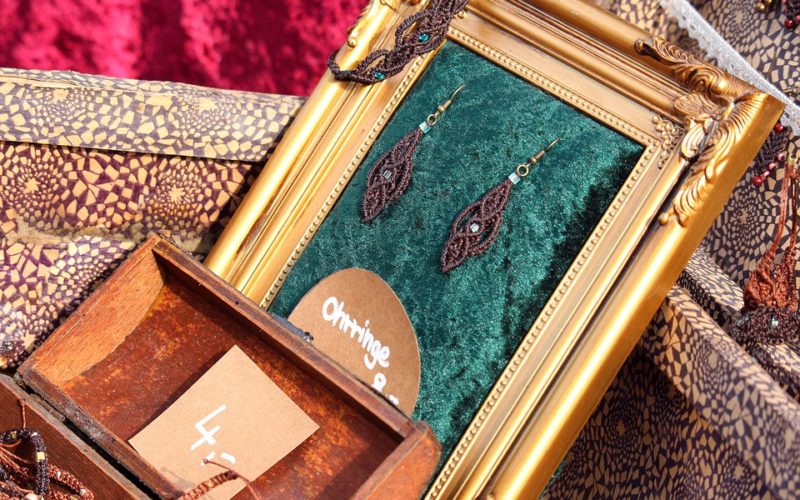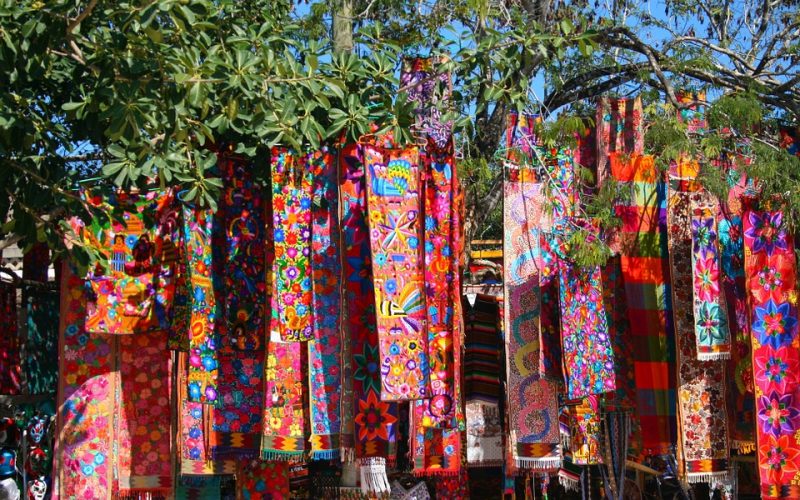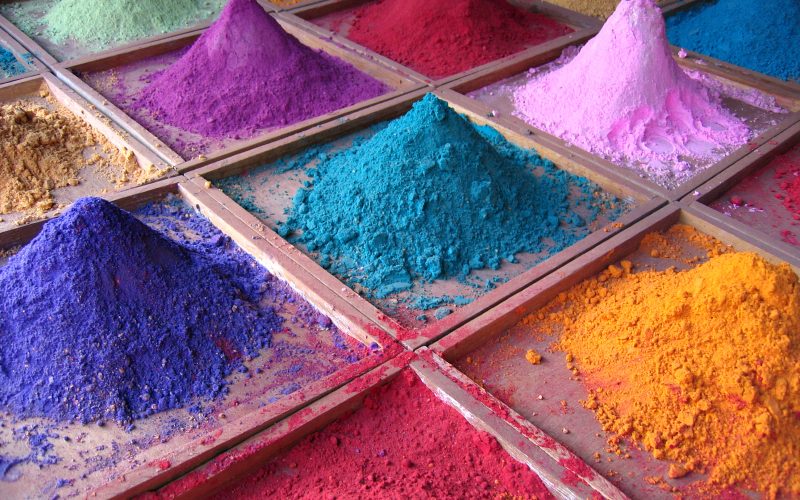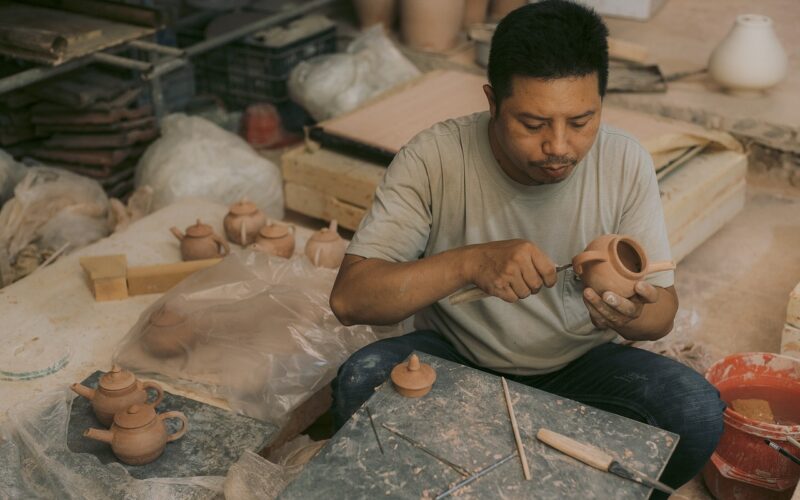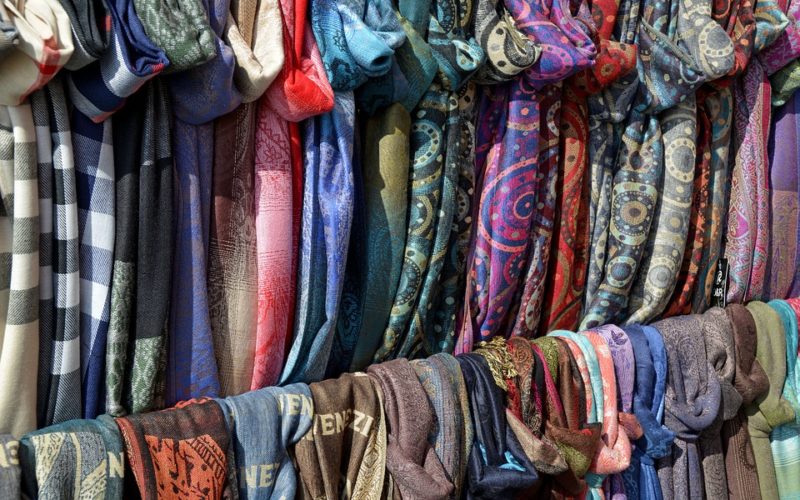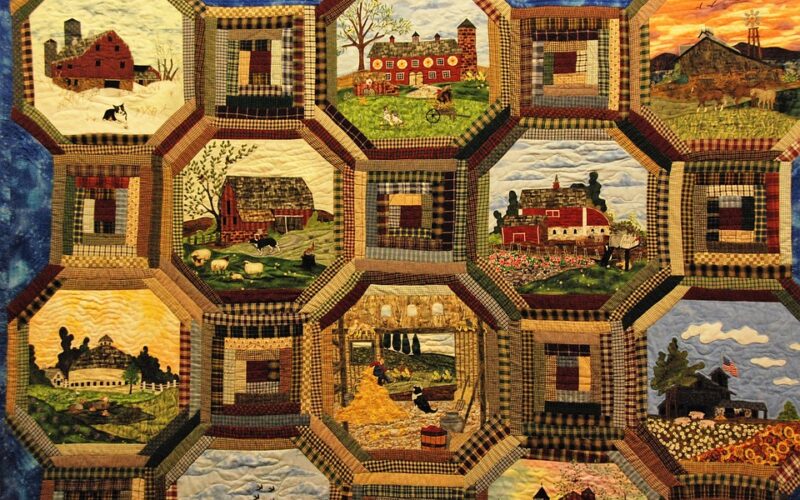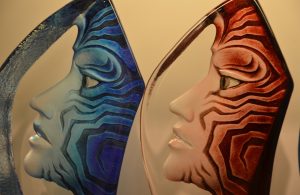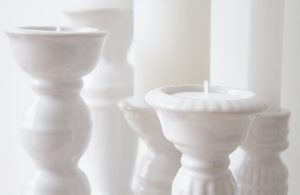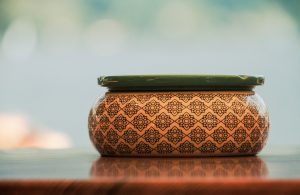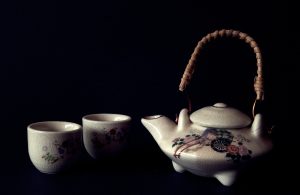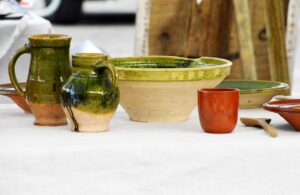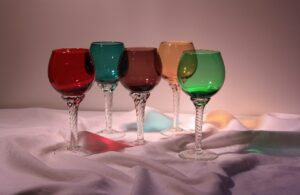Preserving the past for a community to view history in the form of art has long been the basis of many museums, so traditional craft displays have become an important part of their exhibits. While it is always nice for people to be able to see the valuables amassed by former sovereigns, knowing their own ancestors made lasting contributions to the community through crafts gives them a sense of pride and continuity. Homemade items such as quilts, knitted blankets, crocheted shawls, and carved wooden objects are now being displayed as an important look at art history.
While few people have the ability to paint a masterpiece or write a symphony, many of them learn at an early age how to knit, carve or sew. These hand crafts have always been an important part of life for those who did not have the cash available to buy items. They made what they could from resources on hand, and many of them spent years perfecting their own designs.
A display of antique quilts is often an opening for a museum to offer a look at the past, but other hand crafts are becoming popular. The art of tying knots was transferred from sailors to artists as they created beautiful pieces of macramé out of string, rope, and other available materials over the centuries. It is a form of art that has lately seen a revival, and displays by some professional artists have begun to appear again.
The beauty of any piece of art can be appreciated for its form and function, and it does not necessarily need to be created by a person who makes their living at it. Many of the most popular items displayed in museums were made for loved ones by someone who had nothing more than a few raw materials and time.
